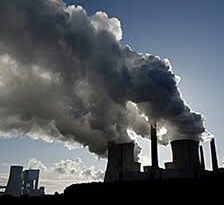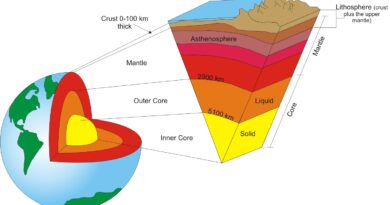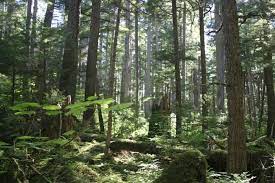Petroleum Transformation Process
As earlier stated in one of our previous articles, biogenic origin’s theory postulates that crude oil is formed from the decayed remains of prehistoric marine animals and terrestrial plants over many centuries.
These organic matters mixed with mud were buried under thick sedimentary layers of materials under high heat and pressure which caused reactions that made them metamorphose. The first was to produce a waxy material known as kerogen.This first process is the diagenesis stage.
Then it breaks into liquid and gaseous hydrocarbons in a process called catagenesis. These reactions are thought to be temperature sensitive reactions that produce recognizable oil.
These reactions commence from 50 – 130oC to produce kerogen, and the reactions that continue the breakdown of oil to natural gas (catagenesis) commence at about 180oC. The temperature range of 130oC to 150oC is generally considered the oil window.
The reactions that produce oil and natural gas are often modelled as first- order breakdown reactions, where kerogen breaks down to oil and natural gas by a large set of parallel reactions, and oil eventually breaks down to natural gas by another set of reactions.
The maturation processes of crude oil biogenic synthesis are therefore of three stages: diagenesis, catagenesis, and metagenesis.
In diagenesis, there are concurrent and consecutive chemical reactions caused by microscopic aquatic organisms that were incorporated into the buried organic matter from the marine sediment at temperatures up to 50 oC and ultimately result in the formation of petroleum.
The second stage known as catagenesis transforms the kerogen into liquid and gaseous hydrocarbons at a temperatures range of 130 oC to 200 oC. Metagenesis alters the organic matter to form petroleum at temperatures above 200 oC.
There are three conditions for crude oil production based on this theory: the present for oil reservoirs to form a rich source rock; a migration conduit; a trap (seal) that forms the reservoir.
Read Also : Origin of Crude Oil, Raw Materials and Source Rock
Summarily, the oil is formed in a source rock, the produced crude oil then migrates through adjacent rock layers until they become trapped underground in rocks called reservoirs, forming an oil field, from which the liquid can be extracted by drilling and pumping.
Reservoir Rock
For a rock to serve as a reservoir rock for crude oil it must possess two qualities: fluid-holding capacity (porosity) and fluid-transmitting capacity (permeability). The migrating crude oil from the source rock must be able to permeate the reservoir rock and the reservoir rock must be able to hold it from being further transmitted.
The reservoir rock can possess these properties as a result of varieties of openings in the rocks such as the pores between the grains of which the rocks are made; the cavities inside fossils; the openings formed by solution or fractures; the joints that have been created in various ways among others.
These different kinds of openings in the rocks vary from rock to rock types, but these pores are usually the ones that account for the bulk of the storage space. The effective porosity for oil storage results from continuously connected openings.
These openings also provide the property of permeability. Thus, a rock must be porous to be permeable, but is no simple quantitative relationship between the two.
Reservoir rocks tend to vary more in permeability than in porosity. Additionally, these two properties are not always identical. The differences arise from the non-representative nature of cores, especially when there are wide variations in the sizes of the openings in the rocks and irregularities in their distribution.
Porosity is generally in the range of 5% to 30%; whereas permeability is commonly between 0.005 darcy and several darcys as measured on small samples. It should be noted that pores maybe, at best, only a millimetre or so in width, whereas fossil and solution cavities may sometimes be 30 to 50 times wider.
Many joints and fractures are probably only a millimetre across, although they may extend for considerable distances.

Figure: Diagram illustrating the formation, migration and accumulation of crude oil (Sourced Online)



